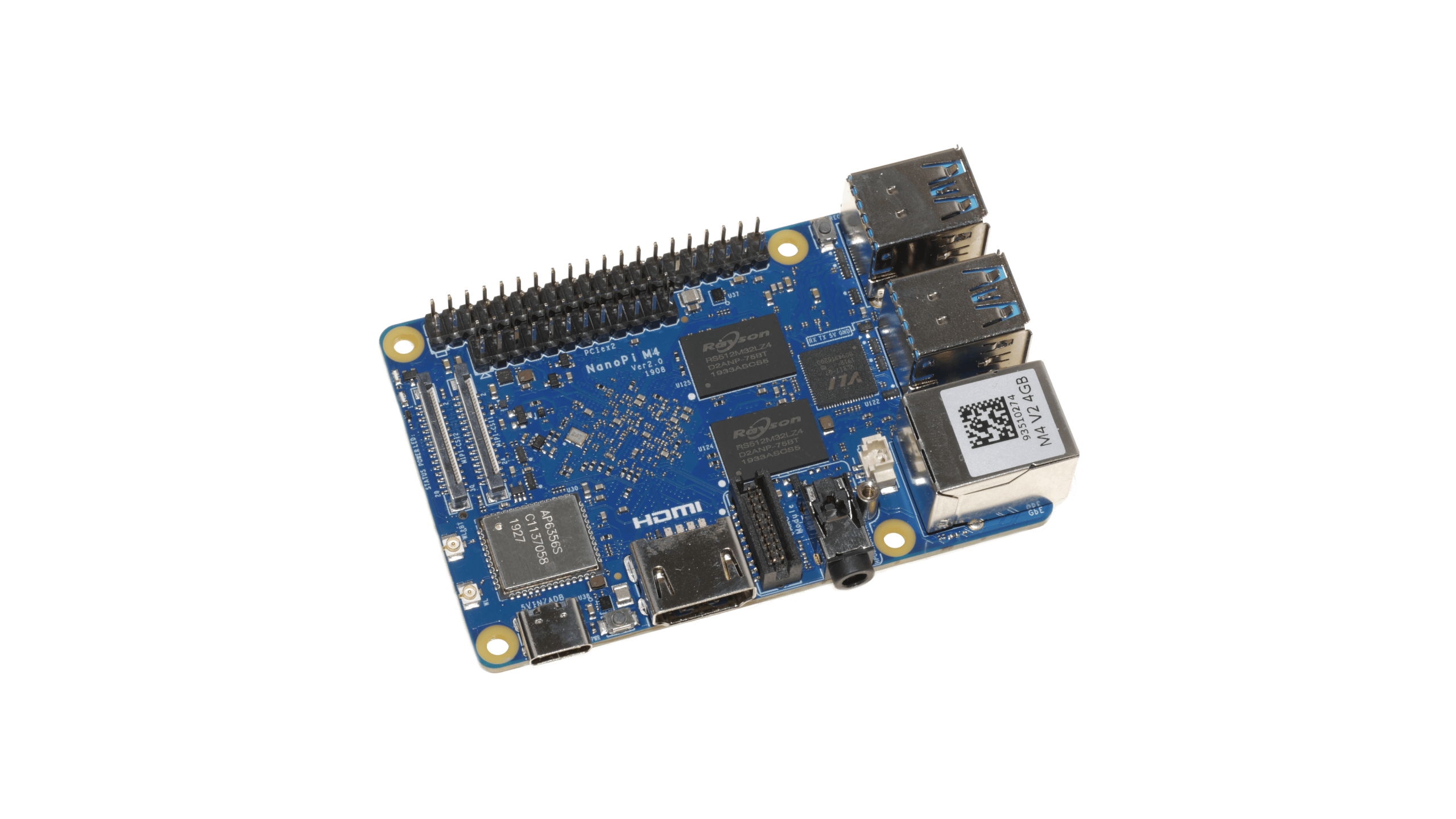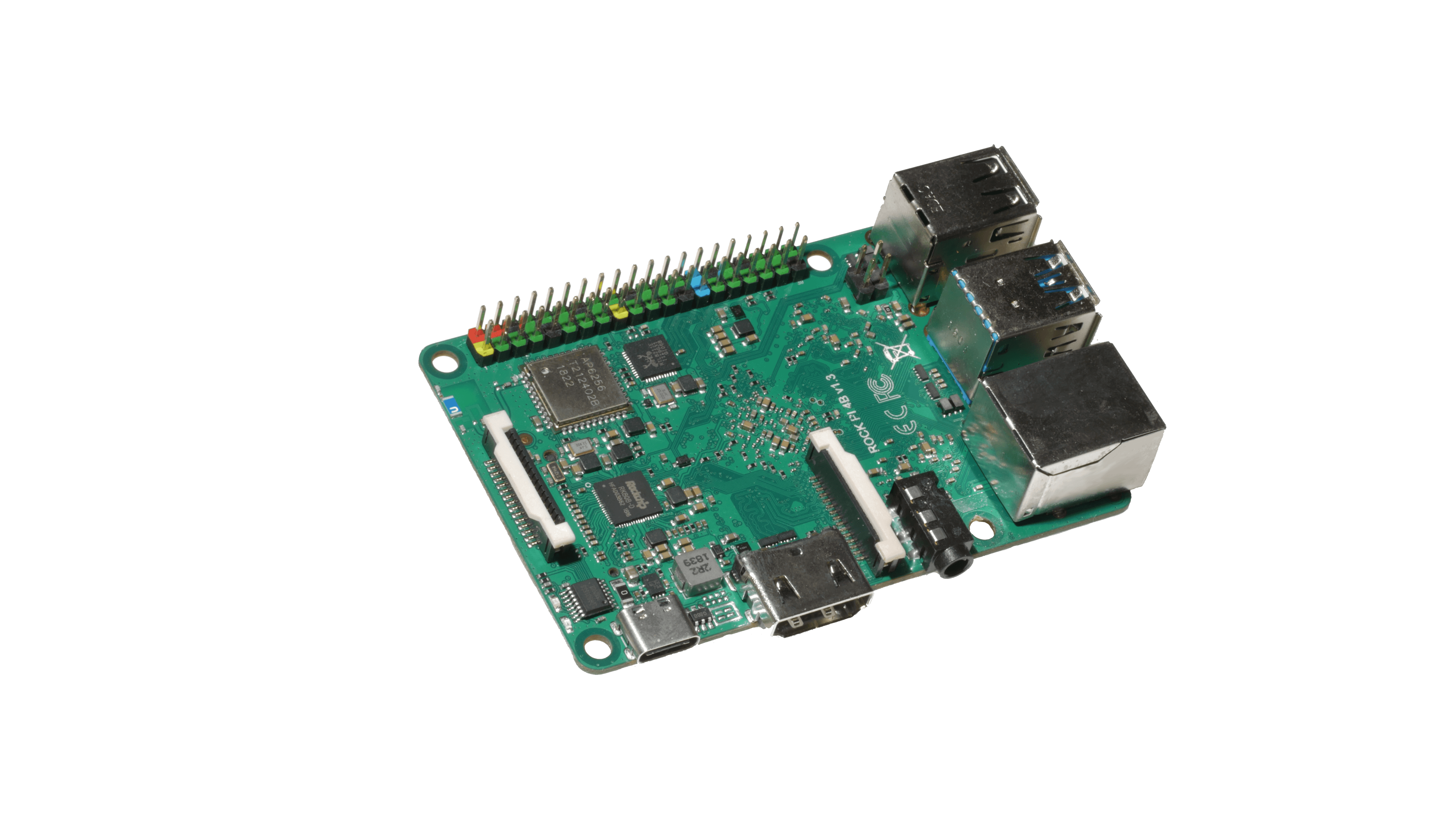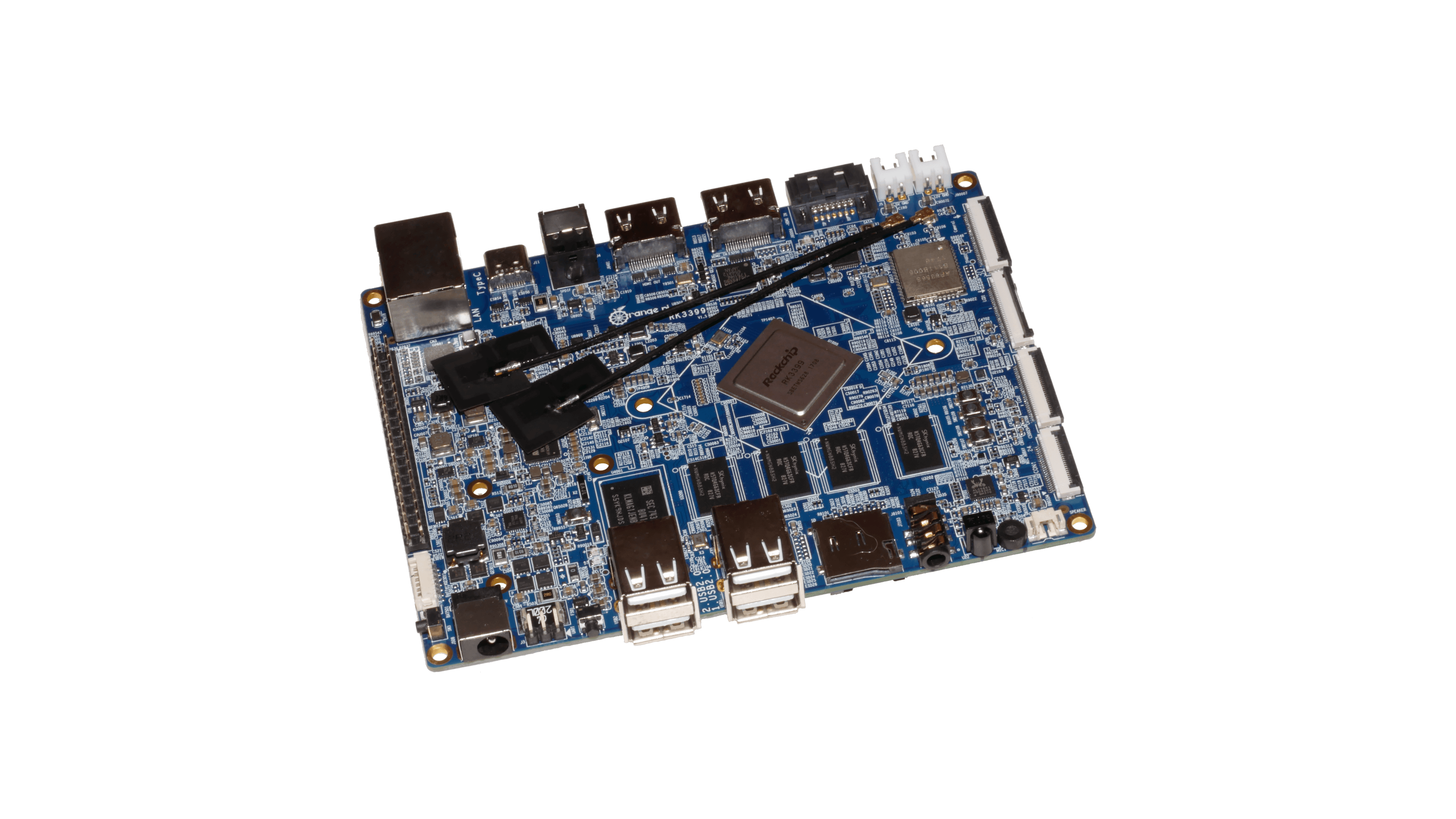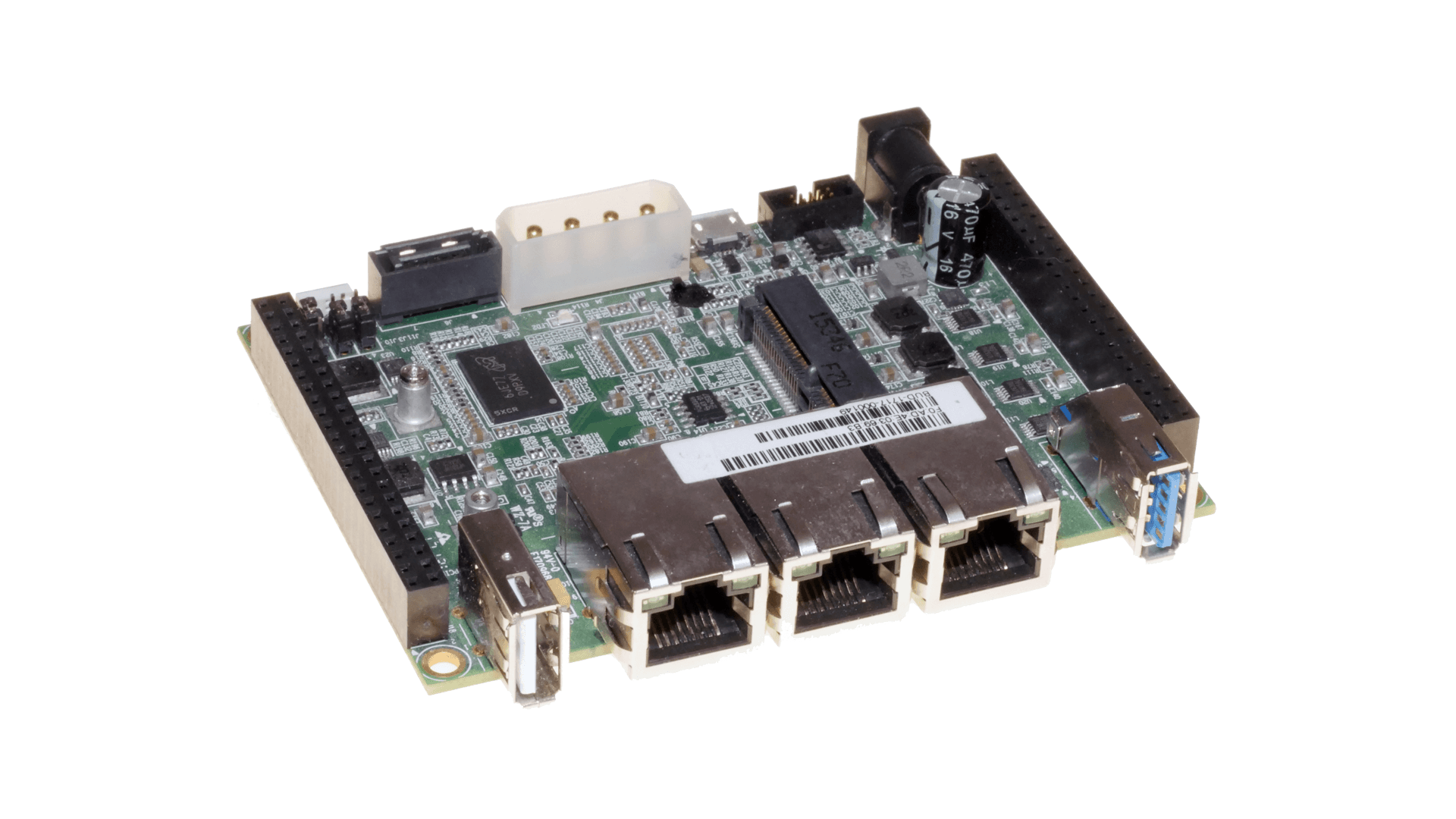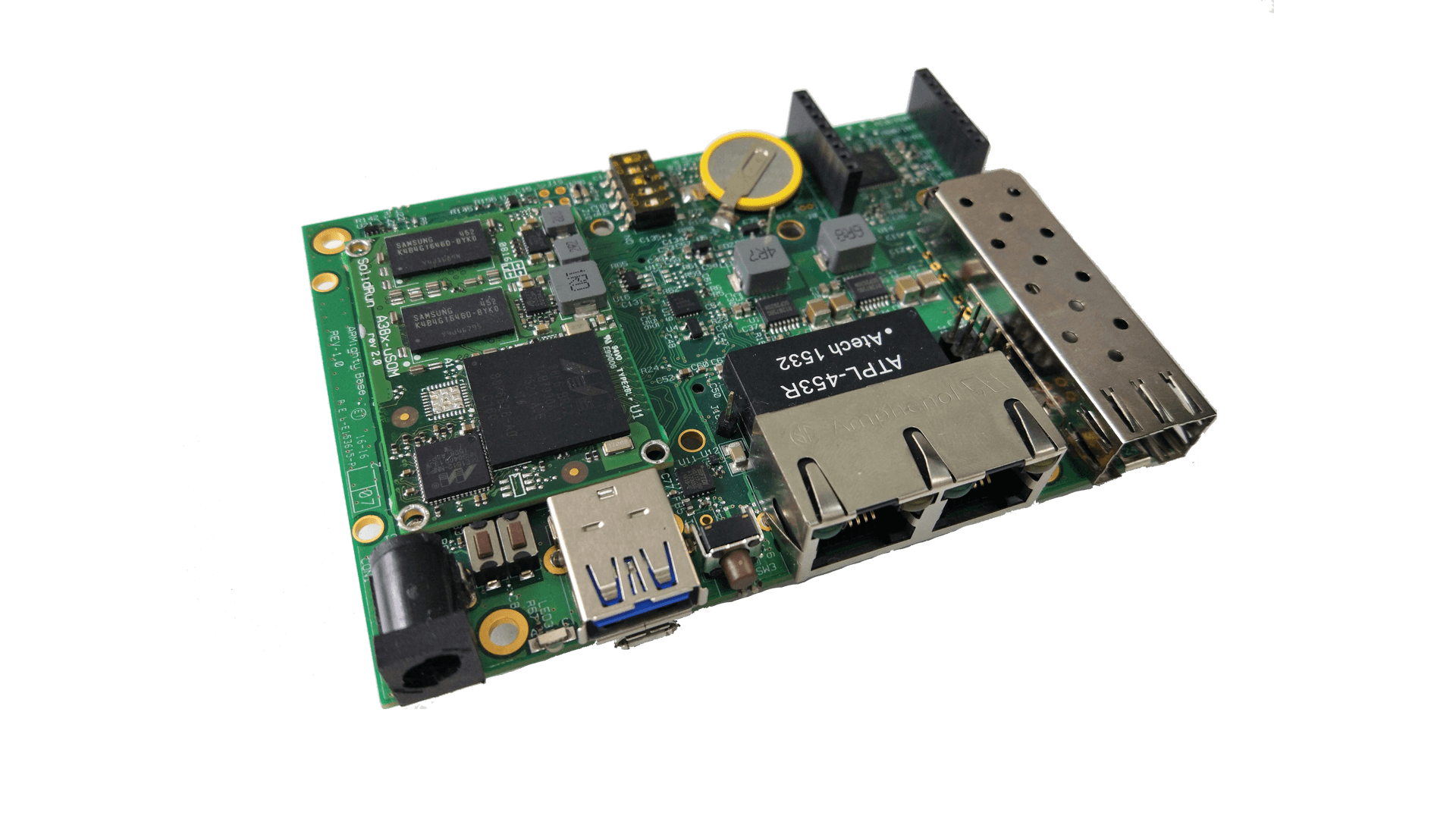Notes:
There are some minor problems with specific mPCIe combinations. If you run into problems check this test matrix for some known working/not working combinations.
For more info please check docs.armbian.com
To boot the image from USB flash:
- Write the image to a USB flash drive
- Insert the flash drive into the USB3.0 port
- Load the modified u-boot (from the Armbian image) using the UART method
- Stop the default boot sequence
- Execute in u-boot prompt:
run usbboot
To flash the image to eMMC:
- Boot the image from USB flash
- Write the image to eMMC using
dd or other methods
- Mount the eMMC partition and add a line
emmc_fix=on to /boot/armbianEnv.txt file – this changes the DT during boot to switch from SD with card detect switch to a non-removable eMMC.
- Unmount the eMMC partition and reboot
Please refer to this forum thread for the USB boot details and this thread for a discussion of known eMMC issues.
